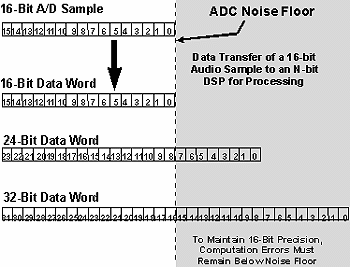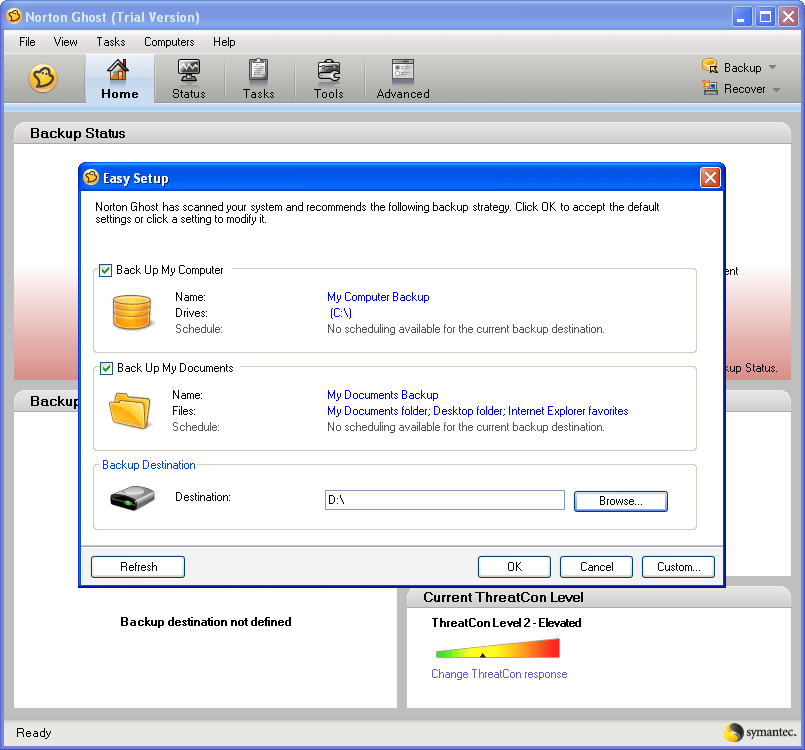
A digital signal processor chip found in a. A digital signal processor ( DSP) is a specialized (or a ), with its architecture optimized for the operational needs of.
In this paper we discuss the design and implementation of fixed-function, recursive DSP algorithms. We demonstrate by means of a wave digital lattice filter that a sampling frequency of more than 130 MHz can be achieved for a recursive algorithm by using bit-serial arithmetic. Jan 26, 2018 - Bit Serial Arithmetic In Dsp. 13.5 BIT-SERIAL FILTER DESIGN AND IMPLEMENTATION FIR and IIR filters are the two most basic structures used in DSP. Results show that digit-serial designs with a digit-size. Performance evaluation and optimal design for FPGA-based.
The goal of DSP is usually to measure, filter or compress continuous real-world. Noti dlya bayana pesni listjya zheltie mp3. Most general-purpose microprocessors can also execute digital signal processing algorithms successfully, but may not be able to keep up with such processing continuously in real-time. Also, dedicated DSPs usually have better power efficiency, thus they are more suitable in portable devices such as because of power consumption constraints.
DSPs often use special that are able to fetch multiple data or instructions at the same time. A typical digital processing system Digital signal processing typically require a large number of mathematical operations to be performed quickly and repeatedly on a series of data samples.  Signals (perhaps from audio or video sensors) are constantly converted from analog to digital, manipulated digitally, and then converted back to analog form.
Signals (perhaps from audio or video sensors) are constantly converted from analog to digital, manipulated digitally, and then converted back to analog form.
Many DSP applications have constraints on; that is, for the system to work, the DSP operation must be completed within some fixed time, and deferred (or batch) processing is not viable. Most general-purpose microprocessors and operating systems can execute DSP algorithms successfully, but are not suitable for use in portable devices such as mobile phones and PDAs because of power efficiency constraints. A specialized digital signal processor, however, will tend to provide a lower-cost solution, with better performance, lower latency, and no requirements for specialised cooling or large batteries. [ ] Such performance improvements have led to the introduction of digital signal processing in commercial where hundreds or even thousands of analog filters, switches, frequency converters and so on are required to receive and process the signals and ready them for, and can be replaced with specialised DSPs with a significant benefits to the satellites' weight, power consumption, complexity/cost of construction, reliability and flexibility of operation. For example, the SES-12 and SES-14 satellites from operator, both intended for launch in 2017, are being built by with 25% of capacity using DSP.

The architecture of a digital signal processor is optimized specifically for digital signal processing. Most also support some of the features as an applications processor or microcontroller, since signal processing is rarely the only task of a system.
Some useful features for optimizing DSP algorithms are outlined below. Architecture [ ] Software architecture [ ] By the standards of general-purpose processors, DSP instruction sets are often highly irregular; while traditional instruction sets are made up of more general instructions that allow them to perform a wider variety of operations, instruction sets optimized for digital signal processing contain instructions for common mathematical operations that occur frequently in DSP calculations. Both traditional and DSP-optimized instruction sets are able to compute any arbitrary operation but an operation that might require multiple ARM or x86 instructions to compute might require only one instruction in a DSP optimized instruction set. One implication for software architecture is that hand-optimized routines are commonly packaged into libraries for re-use, instead of relying on advanced compiler technologies to handle essential algorithms. [ ] Even with modern compiler optimizations hand-optimized assembly code is more efficient and many common algorithms involved in DSP calculations are hand-written in order to take full advantage of the architectural optimizations.